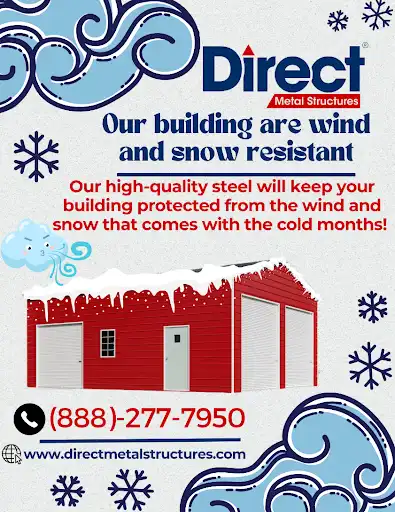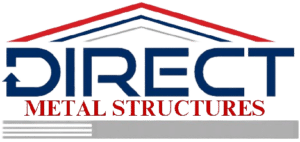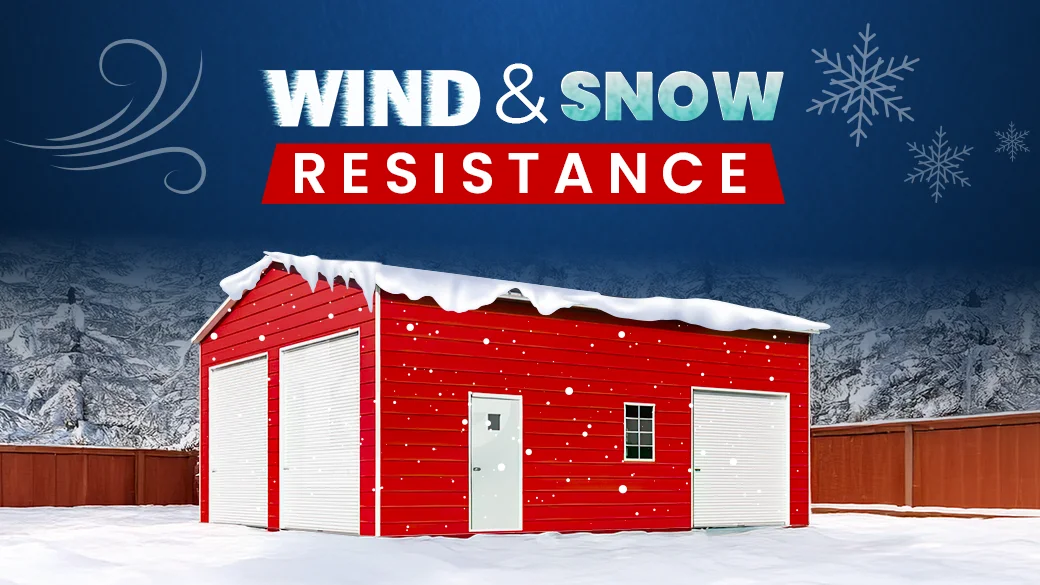Wind Resistance of Metal Buildings
Metal buildings can be engineered to withstand high wind speeds. The wind resistance of a metal building is typically determined by the design wind speed, which is based on the location and specific wind zone. The design wind speed is specified in building codes and regulations.

To ensure wind resistance, metal buildings may incorporate features such as:
- Strong Structural Design: Metal buildings are designed with strong structural components, such as steel frames and trusses, to withstand wind forces. The structural design takes into account factors such as wind uplift, lateral loads, and wind pressure.
- Anchoring Systems: Metal buildings are anchored to the ground using various anchoring systems, such as concrete footings, anchor bolts, or helical piers. These anchoring systems provide stability and prevent the building from being uplifted or moved by strong winds.
- Roof and Wall Systems: Metal buildings often use durable roof and wall systems that are designed to resist wind loads. These systems may include reinforced roofing panels, wind-resistant fasteners, and proper sealing to prevent wind-driven rain from entering the building.
- Bracing and Reinforcement: Metal buildings may incorporate bracing and reinforcement techniques to enhance their wind resistance. This can include diagonal bracing, cross-bracing, and additional structural elements to provide stability and rigidity.
Snow Resistance of Metal Buildings
Metal buildings can also be designed to withstand snow loads. The snow resistance of a metal building is determined by the design snow load, which is based on the location and specific snow zone. The design snow load is specified in building codes and regulations.
To ensure snow resistance, metal buildings may incorporate features such as:
- Roof Design: Metal buildings with sloped roofs are designed to shed snow, preventing excessive accumulation. The roof pitch and design take into account the expected snow load in the area.
- Roof Reinforcement: Metal buildings in areas with heavy snow loads may require additional roof reinforcement, such as trusses or purlins, to support the weight of the snow.
- Structural Integrity: Metal buildings are designed with strong structural components to withstand the weight of snow loads. This includes the use of sturdy steel frames, columns, and beams that can distribute the snow load evenly.
- Proper Insulation: Insulation in metal buildings can help prevent snow from melting and refreezing, which can lead to ice dams and additional snow load on the roof.
It's important to note that the specific wind and snow resistance capabilities of a metal building will depend on factors such as the design, engineering, and construction practices used. Consulting with a professional engineer or builder experienced in metal building construction is recommended to ensure the building meets the required wind and snow load requirements for the specific location.




